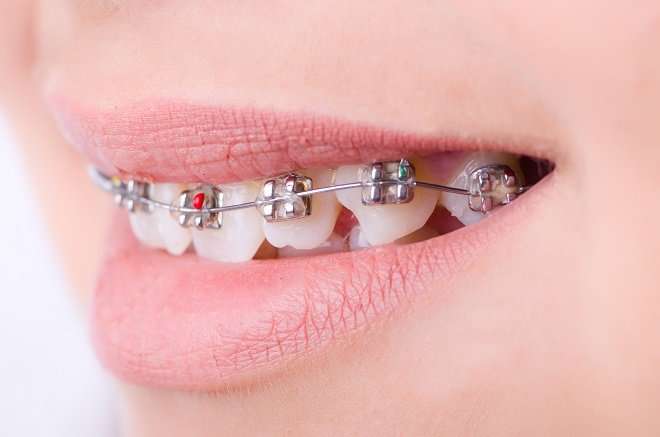The protein that prevents loose teeth

A frequent problem in orthodontic practice is that the teeth do not remain in their new positions. Can a protein prevent teeth from moving in the mouth?
In the body, some proteins works as small keys that unlock cells and tell them to perform a specific task. Now, research at the Faculty of Dentistry shows that the protein, adiponectin can perhaps affect how a tooth shifts in the mouth. Fellow Sigrid Haugen and co-workers have, investigated this phenomenon.
Adiponectin—an important protein
Signal molecules that serve as keys to initiate processes in our bodies are called hormones. Hormones are produced in many parts of the body. For example, the pancreas produces insulin, which is important for blood sugar regulation. The ovaries and testicles produce sex hormones, and the thyroid gland produces two growth hormones. It is common knowledege that the glands, bone marrow and some areas of the brain produce hormones. However, the fact that fat tissue produces hormones, and is therefore an endocrine organ, is not equally known. Fat tissue actually produces many different hormones. The first to be described were leptin and adiponectin.
Adiponectin is shown to play an important role in the metabolism of sugar and fats, but may also have other important functions in the body and, in some contexts, it can help reduce inflammation, e.g. in cardiovascular disease.
"We knew that adiponectin is secreted by fat cells and circulates in high concentrations in the blood of young and healthy people," explains Professor Janne Reseland. "We did not know, however, whether this hormone is produced in other cells and tissues of the body. In 2004, Reseland and coworkers discovered that adiponectin is present in bone cells, not only in osteoblasts, the cells that synthesize bone, but also in osteoclasts, the cells that break down bone tissue. Both cell types help to maintain bone mass and bone strength.
Movement of teeth
In orthodontic tooth movement, the goal is to move teeth into the correct position.. When a tooth moves in the mouth, it moves in the jawbone by the help of the bone cells ? . In simple terms, teeth are pulled by the osteoclasts that break down bone on one side, and pushed in the same direction by the osteoblasts, the bone building cells, on the other.
A question emerged: Can adiponectin affect the movement of teeth?
A rat model
A rat model was used to look into this question. The research team used 24 rats, each of which had braces fitted on the same tooth and at the same location in the mouth. Then the rats were divided into three groups. While one group received a low dose of adiponectin injected in front of the moving tooth,, another group received a high dose of adiponectin at the same location. The last group was the control group and these rats were injected with saline solution.
"In orthodontics we seek to move the tooth in a certain direction," explains Sigrid Haugen, a doctoral research fellow at the Institute for Clinical Dentistry. "This was successful in the control rats that were injected with saline solution, not adiponectin," she explains.
The research team discovered that, in rats injected with adiponectin, the tooth moved less than in the control group. In the group that received a high dose of adiponectin, the tooth did not move at all, and in the group that received a low dose of adiponectin, the tooth had moved far less than the control group.
This meant that something had occurred in the bone cells to prevent the teeth from moving.
A local effect
"Another interesting discovery was that we did not find changes in adiponectin levels in plasma," says Haugen. "This suggests that the adiponectin, administered in front of the moving tooth probably had a local effect, indicating that the procedure did not affect other parts of the body." The fact that the active substance only has a local effect is important if we intend to use it in orthodontics or dentistry in the future.
Exciting new direction
"We have not determined the mechanisms by which adiponectin anchors teeth or how long the effects of the injection last. These aspects remains to be investigated" explains Haugen. The interesting thing is that the research shows that it is possible to influence tooth movement in these model and the findings suggest that possibly in the future we will be able to use injectable substances to regulate the speed of tooth movement.
"As with all new research, more studies are requiered before we can reach any firm conclusion. Nevertheless, the results of our research into the adiponectin protein lead us in a new and exciting direction," says Haugen.
More information: Sigrid Haugen et al. Adiponectin prevents orthodontic tooth movement in rats, Archives of Oral Biology (2017). DOI: 10.1016/j.archoralbio.2017.08.009

















